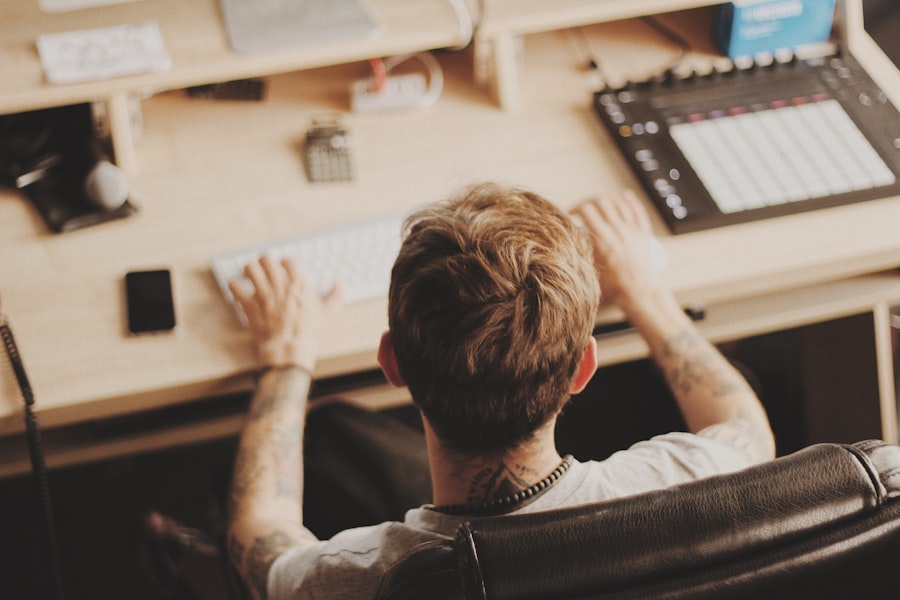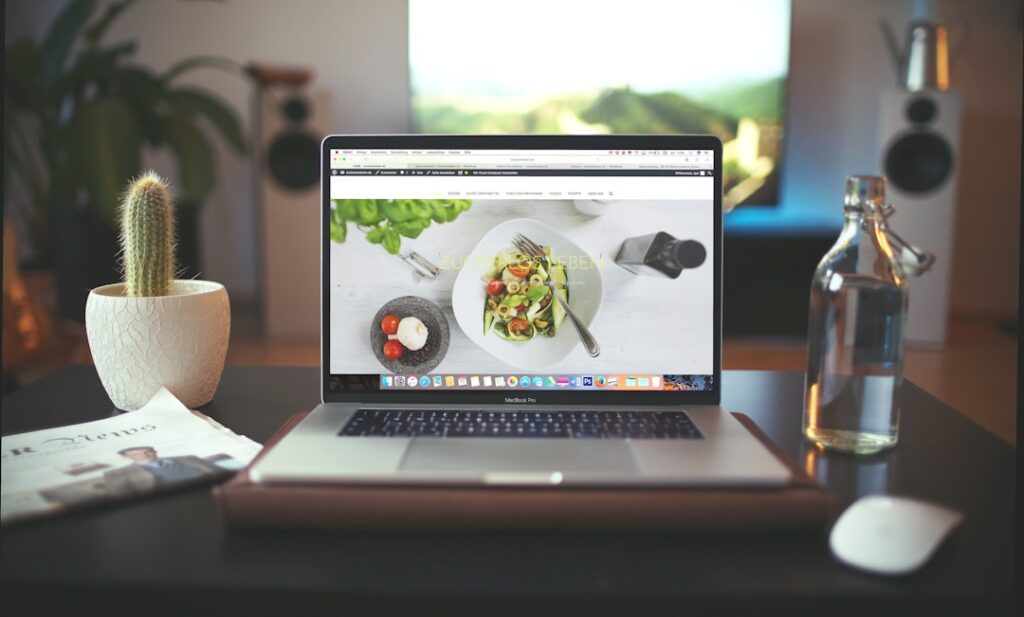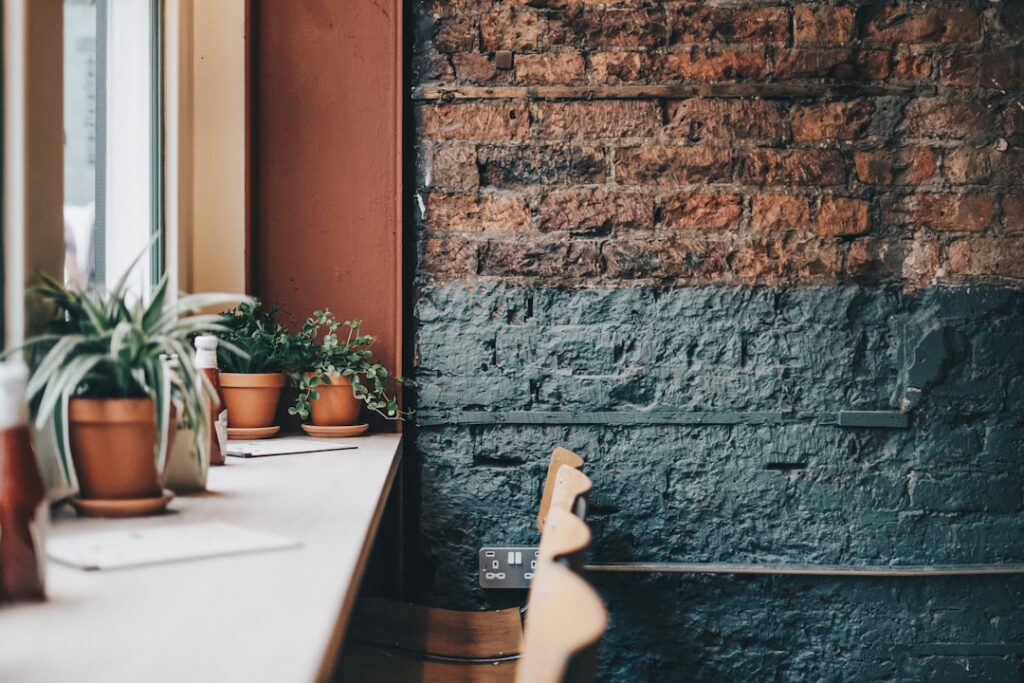The evolution of office design in the United Arab Emirates (UAE) reflects the rapid economic growth and cultural shifts that have characterized the region over the past few decades. Initially, office spaces in the UAE were predominantly utilitarian, focusing on functionality rather than aesthetics. The early designs were often characterized by cubicles and closed-off spaces, which mirrored traditional corporate environments found in many parts of the world.
However, as the UAE emerged as a global business hub, particularly in cities like Dubai and Abu Dhabi, there was a significant transformation in how office spaces were conceptualized and constructed. This shift was driven by a desire to attract international businesses and talent, leading to the development of modern skyscrapers and innovative office complexes that prioritize open spaces, natural light, and employee well-being. As the UAE’s economy diversified and its workforce became increasingly multicultural, office design began to incorporate elements that foster collaboration and creativity.
The introduction of flexible workspaces, breakout areas, and multifunctional meeting rooms became commonplace, reflecting a broader trend towards more dynamic work environments. This evolution was not merely aesthetic; it also aligned with changing work practices and employee expectations. The rise of remote work and digital nomadism prompted companies to rethink their spatial needs, leading to designs that accommodate both in-person collaboration and virtual connectivity.
Consequently, the UAE’s office landscape has transformed into a vibrant tapestry of innovative designs that cater to diverse work styles while promoting a sense of community among employees.
Key Takeaways
- Office design in the UAE has evolved to embrace technology, sustainability, and cultural elements.
- Technology is being integrated into the workplace to enhance productivity and collaboration.
- Collaborative workspaces are being created to encourage teamwork and innovation.
- Sustainability and green design are being incorporated to promote environmental responsibility.
- Cultural and traditional elements are influencing office design to reflect the local identity and values.
Embracing Technology in the Workplace
Technology Integration in Modern UAE Workplaces
The integration of technology into office design has become a defining characteristic of modern workplaces in the UAE. As businesses strive to enhance productivity and streamline operations, technology has emerged as a critical component in shaping the physical workspace. Smart office solutions, such as automated lighting systems, climate control, and advanced audiovisual equipment, are increasingly being incorporated into new office designs.
Enhancing Employee Experience and Efficiency
These technologies not only improve energy efficiency but also create a more comfortable and adaptable environment for employees. For instance, smart desks equipped with sensors can adjust height based on user preferences, promoting ergonomic practices that contribute to employee health and satisfaction. Moreover, the rise of remote work has necessitated the incorporation of advanced communication tools within office spaces.
Fostering Collaboration and Innovation
High-speed internet connectivity, video conferencing facilities, and collaborative software platforms are now essential features in many UAE offices. These technologies facilitate seamless communication between teams, regardless of their physical location, thereby fostering a culture of collaboration that transcends geographical boundaries. Additionally, the use of virtual reality (VR) and augmented reality (AR) in training and development programs is gaining traction, allowing employees to engage in immersive learning experiences that enhance their skills.
The Future of Office Design in the UAE
As technology continues to evolve, it is likely that office designs in the UAE will further adapt to incorporate cutting-edge innovations that enhance both employee experience and operational efficiency.
Creating Collaborative Workspaces

The concept of collaboration has become central to modern office design in the UAE, reflecting a broader understanding of how teamwork can drive innovation and productivity. Traditional office layouts with isolated cubicles have given way to open-plan designs that encourage interaction among employees. These collaborative workspaces are often characterized by communal areas such as lounges, brainstorming zones, and informal meeting spaces that promote spontaneous discussions and idea-sharing.
By breaking down physical barriers, companies aim to foster a culture of collaboration where employees feel empowered to contribute their ideas and expertise freely. In addition to physical layouts, the design of collaborative workspaces also emphasizes flexibility and adaptability. Modular furniture that can be easily reconfigured allows teams to create environments tailored to their specific needs for different projects or tasks. This adaptability is particularly important in fast-paced industries where project requirements can change rapidly.
Furthermore, incorporating elements such as writable walls or digital collaboration tools enhances the creative process by providing employees with resources to visualize their ideas and collaborate effectively. As organizations in the UAE continue to prioritize teamwork and innovation, the design of collaborative workspaces will play a crucial role in shaping their success.
Incorporating Sustainability and Green Design
Sustainability has emerged as a key consideration in office design across the UAE, driven by both environmental concerns and regulatory frameworks aimed at reducing carbon footprints. The integration of green design principles into office spaces not only addresses ecological challenges but also enhances employee well-being and productivity. Many new office buildings are being constructed with sustainable materials, energy-efficient systems, and water conservation technologies.
Features such as green roofs, solar panels, and rainwater harvesting systems are becoming increasingly common as companies seek to minimize their environmental impact while creating healthier work environments. Moreover, the emphasis on sustainability extends beyond construction practices; it also influences how office spaces are utilized. Companies are adopting policies that promote eco-friendly practices among employees, such as encouraging the use of public transportation or providing incentives for carpooling.
Additionally, biophilic design elements—such as indoor plants, natural light, and views of nature—are being integrated into office layouts to enhance employee well-being and productivity. Research has shown that exposure to nature can reduce stress levels and improve cognitive function, making it an essential aspect of modern office design. As sustainability continues to gain traction globally, the UAE’s commitment to green design will likely shape its future office landscapes.
The Influence of Cultural and Traditional Elements
The rich cultural heritage of the UAE plays a significant role in shaping contemporary office design within the region. As businesses strive to create environments that resonate with local values while appealing to an international workforce, incorporating traditional elements into modern designs has become increasingly popular. Architectural features inspired by Islamic art and architecture—such as intricate geometric patterns, mashrabiya screens, and courtyards—are often integrated into office buildings to create a sense of place and identity.
These elements not only pay homage to the region’s history but also foster a unique atmosphere that distinguishes UAE offices from those found elsewhere. Furthermore, cultural considerations extend beyond aesthetics; they also influence how spaces are organized and utilized. For instance, many offices in the UAE incorporate prayer rooms or quiet spaces for reflection, acknowledging the importance of spirituality in daily life for many employees.
Additionally, communal dining areas that reflect local culinary traditions encourage social interaction among staff members from diverse backgrounds. By blending modern design principles with cultural elements, companies in the UAE can create work environments that celebrate diversity while fostering a sense of belonging among employees.
The Impact of Flexible Work Arrangements

Adapting to Hybrid Work Models
The rise of flexible work arrangements has significantly influenced office design in the UAE, prompting organizations to rethink their spatial configurations and employee engagement strategies. As remote work becomes more prevalent, companies are increasingly adopting hybrid models that allow employees to split their time between home and the office. This shift necessitates designs that accommodate varying levels of occupancy while providing employees with the resources they need for both collaboration and focused work.
Creating Flexible and Technology-Integrated Spaces
Consequently, many offices now feature a mix of open areas for teamwork alongside quiet zones for individual tasks. Moreover, flexible work arrangements have led to an increased emphasis on technology integration within office spaces. With employees frequently transitioning between remote and in-office work, having access to reliable technology is paramount for maintaining productivity. This includes not only high-speed internet but also collaborative tools that facilitate communication across different locations.
Supporting Employee Well-being and Autonomy
Additionally, companies are investing in ergonomic furniture that supports various working styles—such as standing desks or lounge seating—to cater to individual preferences. As flexible work arrangements continue to evolve in response to changing employee needs, office designs in the UAE will likely adapt further to create environments that support both collaboration and autonomy.
Balancing Privacy and Openness in Office Layouts
One of the most significant challenges facing modern office design is finding the right balance between privacy and openness within workspaces. While open-plan layouts promote collaboration and communication among employees, they can also lead to distractions and reduced focus for individuals who require quiet environments for deep work. As a result, many organizations in the UAE are exploring innovative solutions that allow for both collaborative interactions and private spaces for concentration.
This often involves creating designated quiet zones or soundproof meeting rooms where employees can retreat when they need solitude or focused time. Additionally, incorporating flexible partitions or movable walls can help organizations adapt their spaces according to varying needs throughout the day. For example, during brainstorming sessions or team meetings, areas can be opened up for larger groups; conversely, these same spaces can be closed off for individual work or smaller discussions when necessary.
This adaptability not only enhances employee satisfaction but also promotes a culture where both collaboration and individual productivity are valued equally. As companies continue to navigate this balance between privacy and openness, thoughtful design choices will play a crucial role in shaping effective workplace environments.
The Future of Office Design in the UAE
Looking ahead, the future of office design in the UAE is poised for continued innovation as businesses adapt to evolving workforce dynamics and technological advancements. The ongoing integration of artificial intelligence (AI) into workplace management systems is expected to revolutionize how offices operate by optimizing space utilization based on real-time data analytics. This could lead to more efficient layouts that respond dynamically to employee needs while minimizing wasted resources.
Furthermore, as remote work becomes increasingly normalized, hybrid models will likely drive further changes in how physical office spaces are designed—emphasizing flexibility and adaptability. Moreover, as sustainability remains a pressing global concern, future office designs in the UAE will likely prioritize eco-friendly practices even more rigorously than before. This may include not only energy-efficient building materials but also innovative approaches such as circular economy principles that minimize waste throughout a building’s lifecycle.
Additionally, as organizations recognize the importance of employee well-being on overall productivity, there will be an increased focus on creating healthy work environments through biophilic design elements and wellness-focused amenities. Ultimately, the future of office design in the UAE will be characterized by a harmonious blend of technology, sustainability, cultural relevance, and employee-centric principles—creating workplaces that inspire creativity while supporting diverse working styles.
If you’re exploring innovative ideas for your office space in the UAE, you might find the article on smart interior design strategies particularly enlightening. It discusses various modern techniques that can enhance both the functionality and aesthetics of your workplace. For more detailed insights, you can read the full article here. This resource is invaluable for anyone looking to integrate smart technology with creative design solutions in their office interiors.
FAQs
What is interior design for office spaces?
Interior design for office spaces involves creating functional and aesthetically pleasing environments that enhance productivity and well-being for employees. It includes space planning, furniture selection, lighting design, color schemes, and overall layout.
Why is interior design important for office spaces?
Interior design is important for office spaces as it can impact employee morale, productivity, and overall well-being. A well-designed office space can also leave a positive impression on clients and visitors.
What are the key elements of interior design for office spaces?
Key elements of interior design for office spaces include ergonomic furniture, efficient space planning, proper lighting, sound control, and the use of colors and textures that promote a productive and comfortable work environment.
What are some popular interior design trends for office spaces in the UAE?
Some popular interior design trends for office spaces in the UAE include incorporating local cultural elements, using sustainable and eco-friendly materials, creating flexible and collaborative work areas, and integrating technology seamlessly into the design.
How can a professional interior design firm help with office design in the UAE?
A professional interior design firm can help with office design in the UAE by providing expertise in space planning, furniture selection, lighting design, and overall aesthetic appeal. They can also ensure that the design complies with local regulations and cultural preferences.


